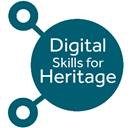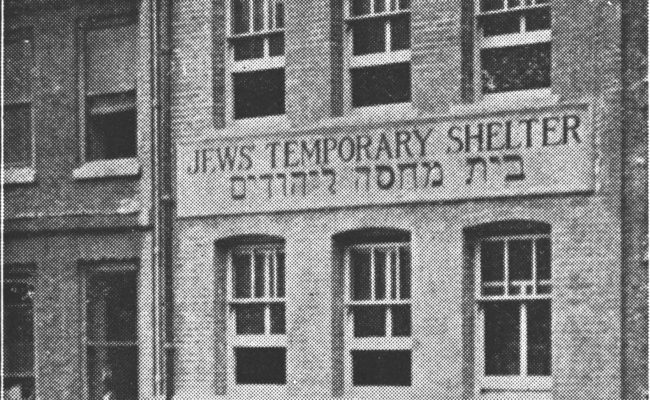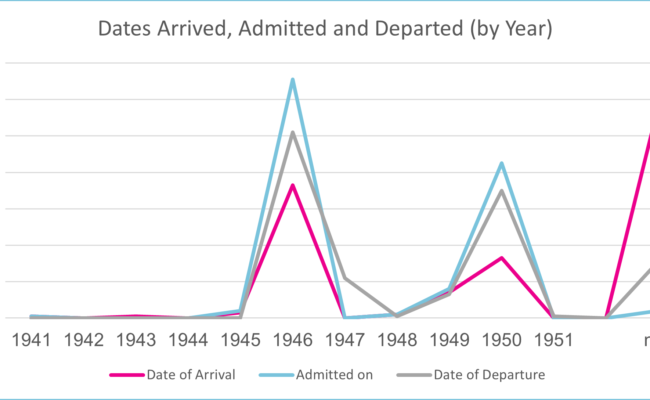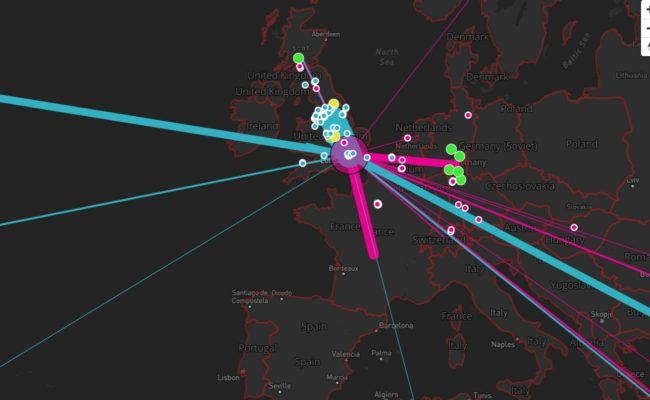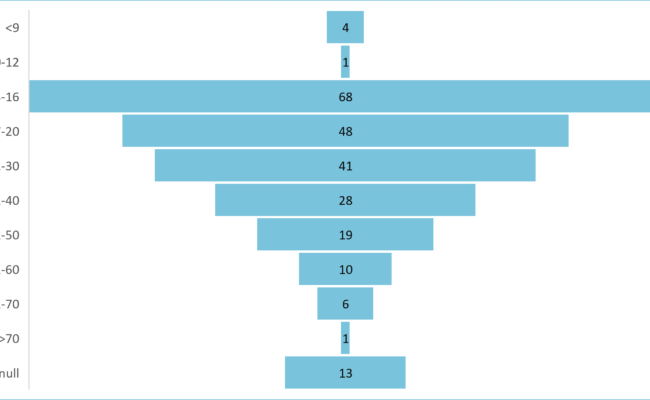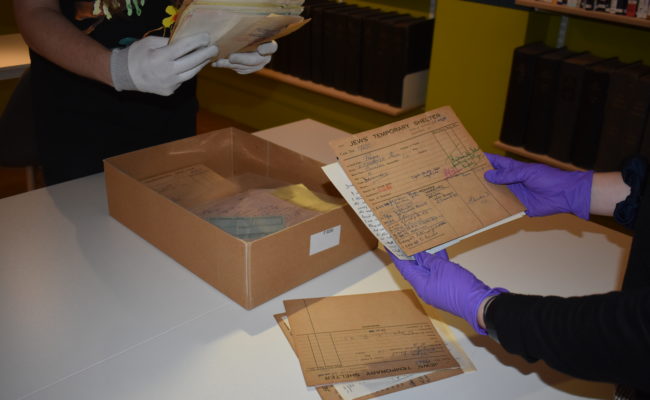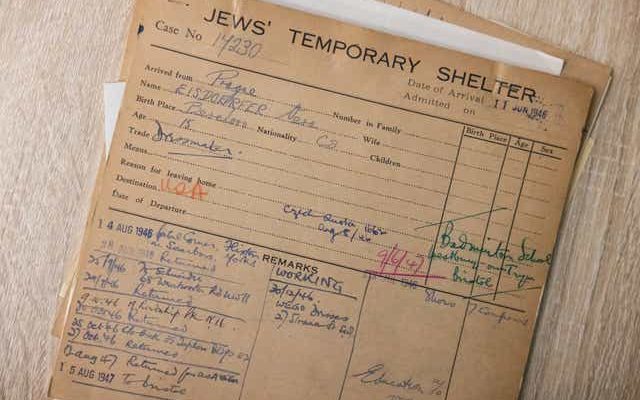Five things about the JTS following WWII
At the start of 2022, Freelancer Lewis Smith worked with the Jewish Museum London to help visualise the Jews’ Temporary Shelter (JTS) collection of records cards and better understand the shelter following WWII
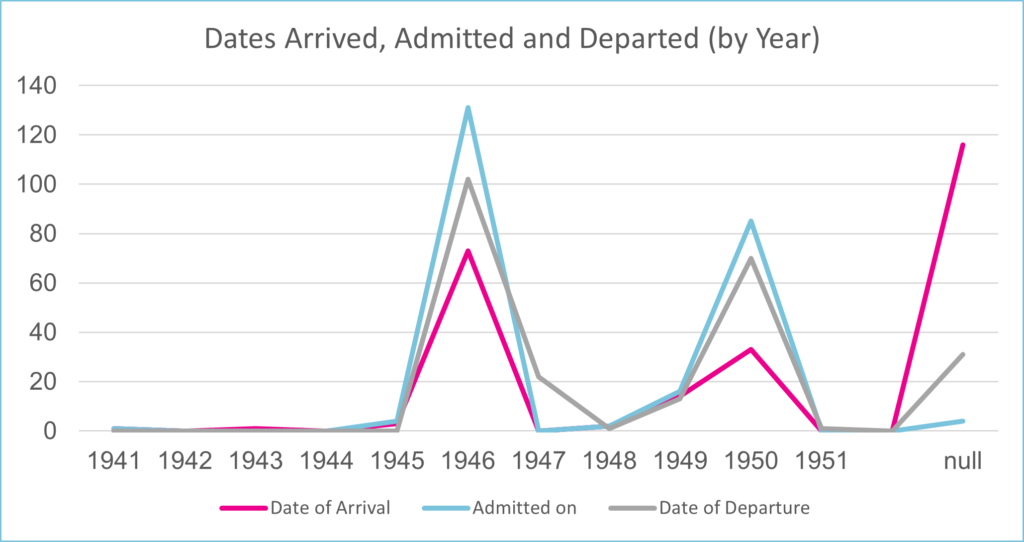
You can read his blog detailing the discoveries he made whilst organising and going through the data or see below for a summary of his findings.
1. Most people were arriving from former Czechoslovakia
Most people were arriving from former Czechoslovakia, especially Prague. However, the next most common location people were arriving from was England. Arrivals were from across the world, including India, Canada, Hong Kong & Australia. Although only 2 people were recorded as coming from Poland, the majority of migrants identified as Polish.
2. Most people were heading to somewhere in England
Following their stay at the shelter, most residents went on to a location in England. What’s uncertain is whether these were also stopping points before moving on to another UK city or further afield. There are several other worldwide destinations people were heading to including USA, South Africa, Australia and Costa Rica
3. People tended to stay for a short period of time
The most common length of stay was between 2-10 days, closely followed by those passing through for one night.
4. Residents were Young
The vast majority of residents were aged between 13-16. 66% of residents had yet to reach their 30th birthday. Most travelled alone, with only 17.7% travelling as a group of between 2-4 people
5. Migrants brought a range of trades.
Most residents didn’t record their trade, however of those that did, 26.6% of migrants during this period brought with them artisanal skills. Other trades included domestic, mercantile, medical, and religious.
The JTS Cards Project, Mapping Migration, is supported by The Audience Agency’s Digitally Democratising Archives project thanks to funding from DCMS and the National Lottery, as part of The National Lottery Heritage Fund’s, Digital Skills for Heritage initiative.

